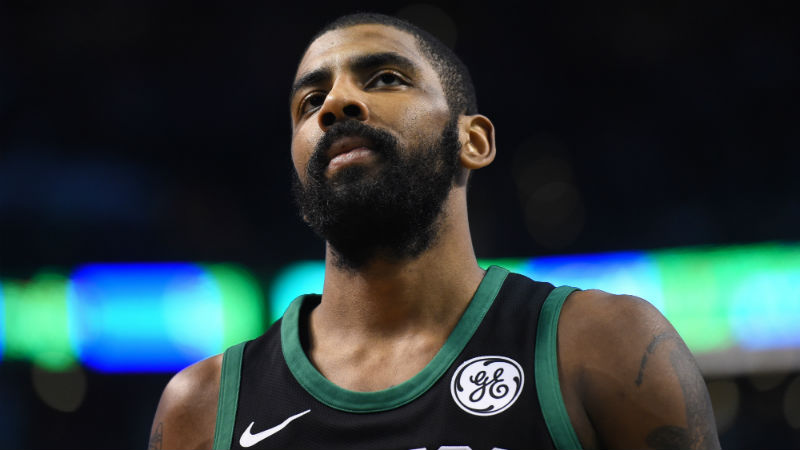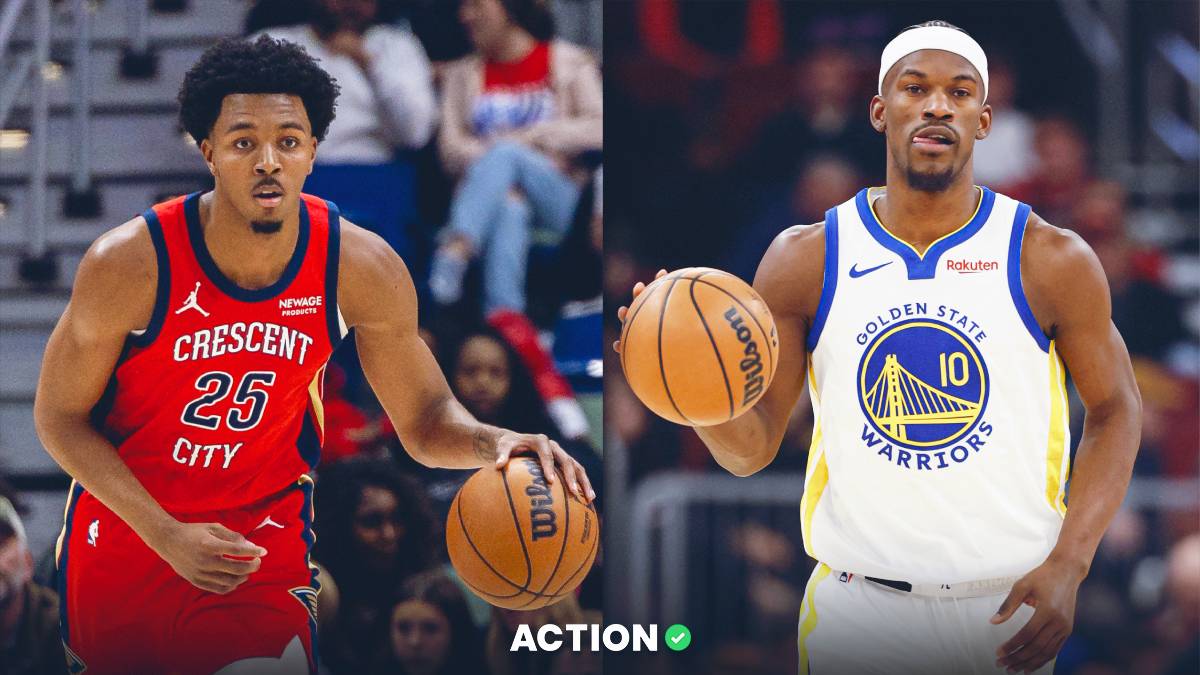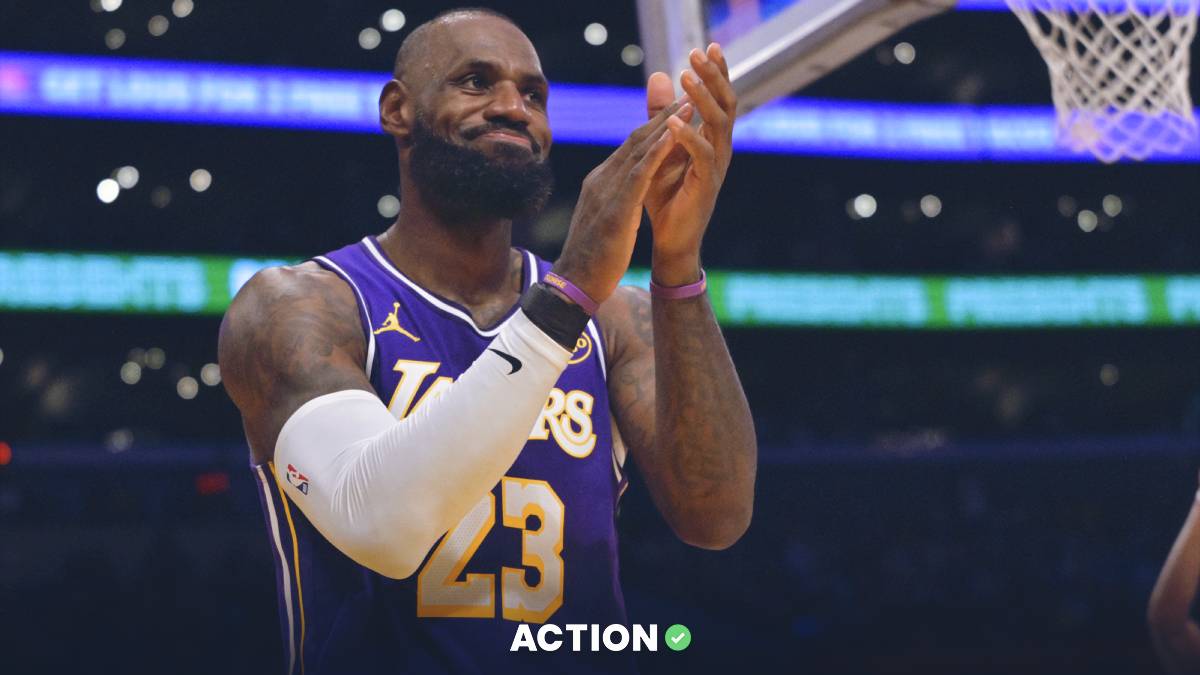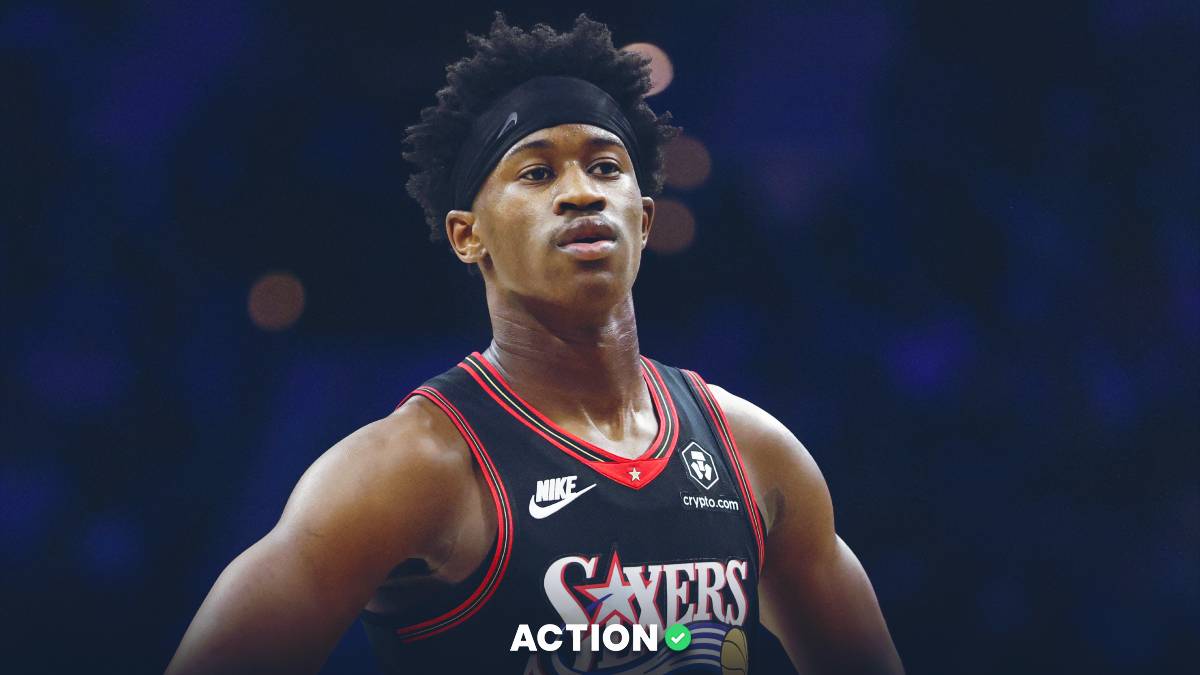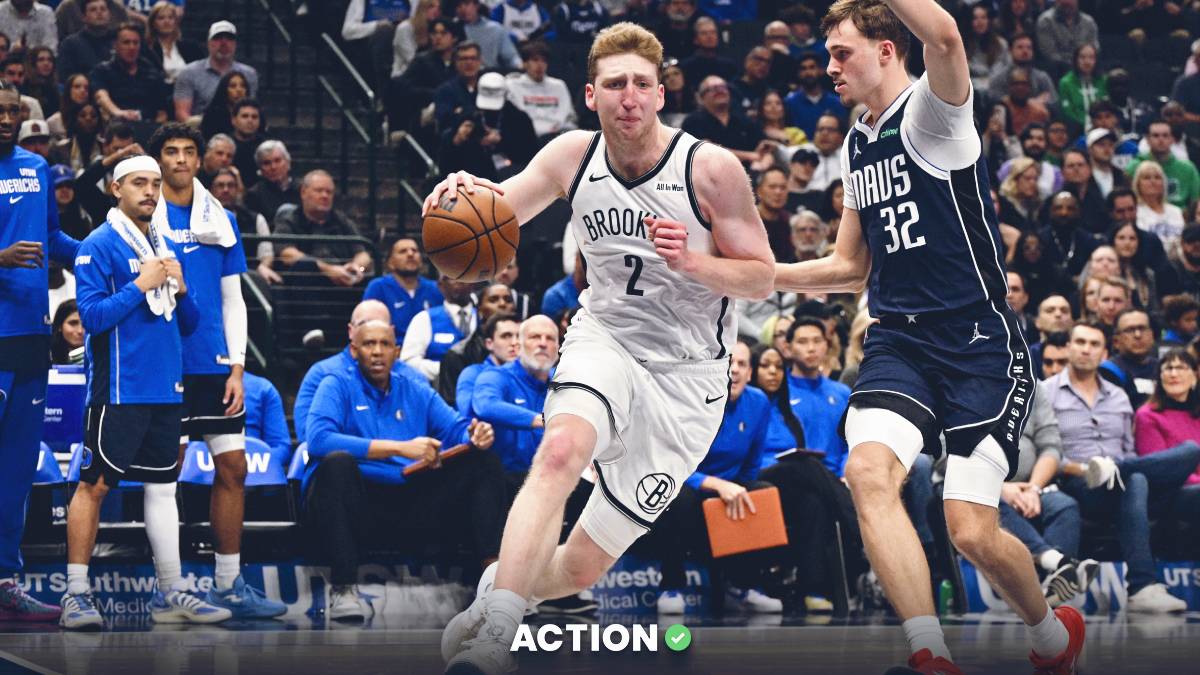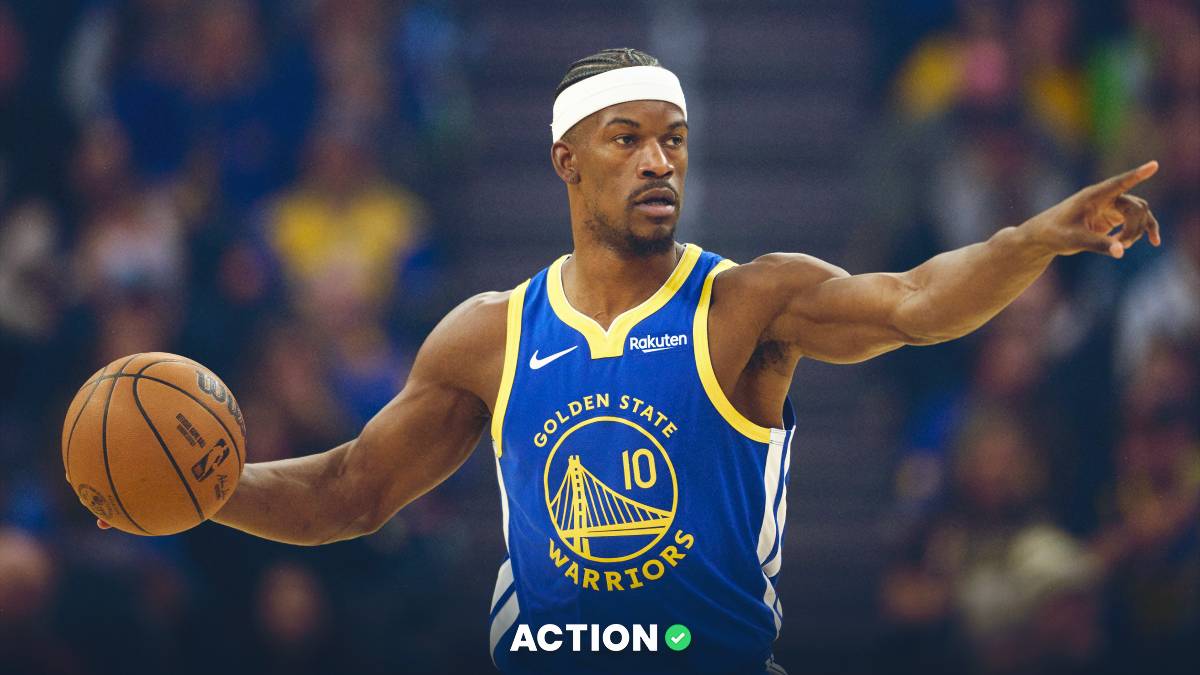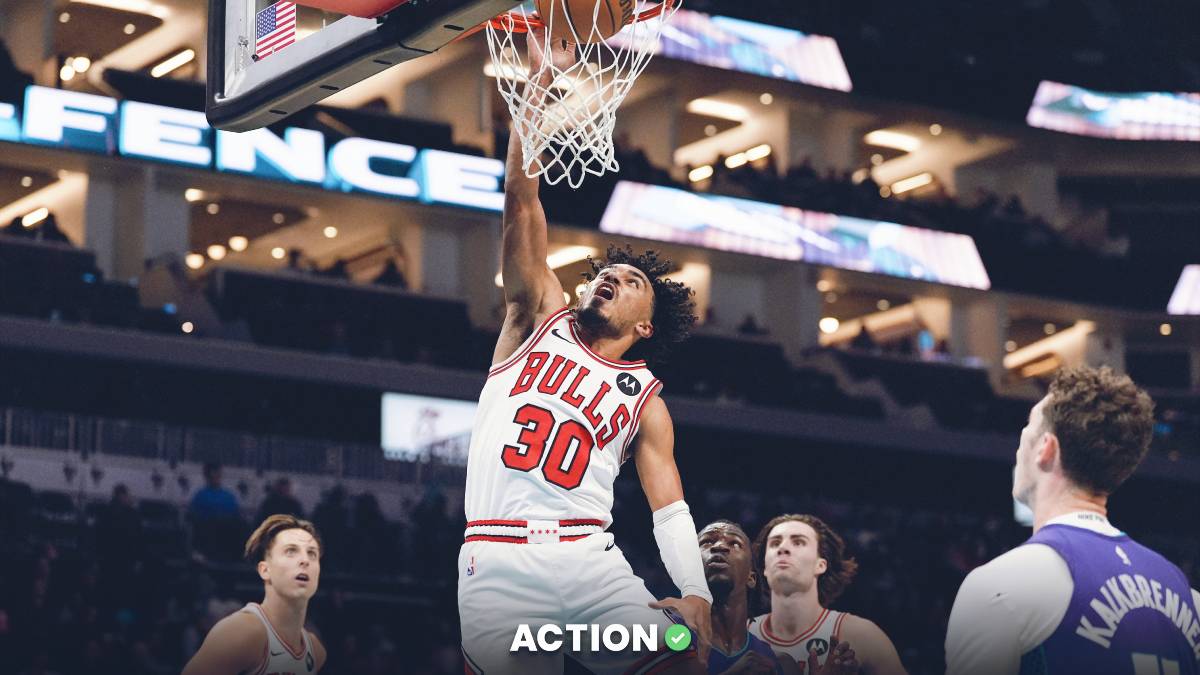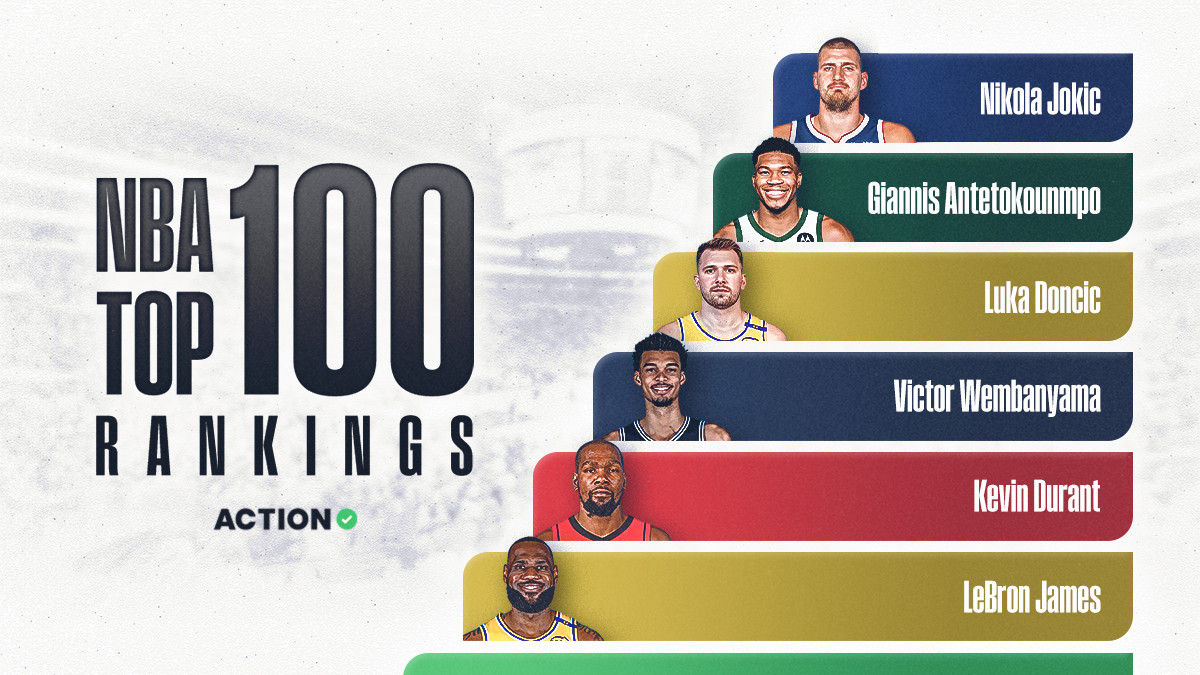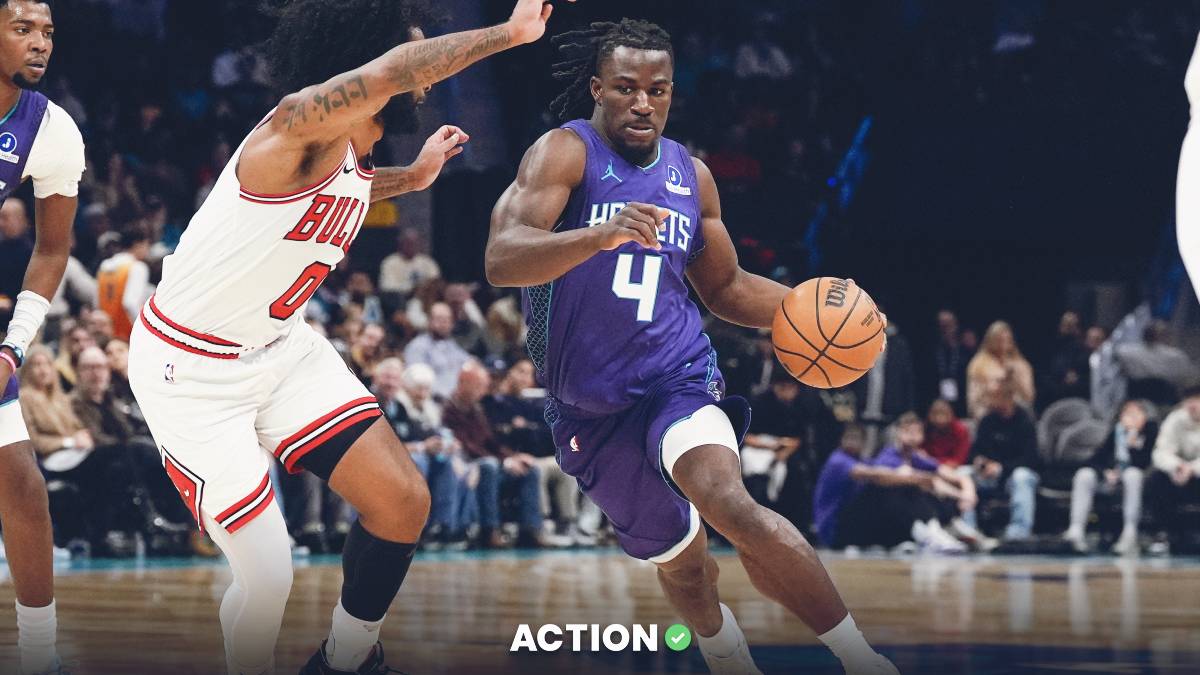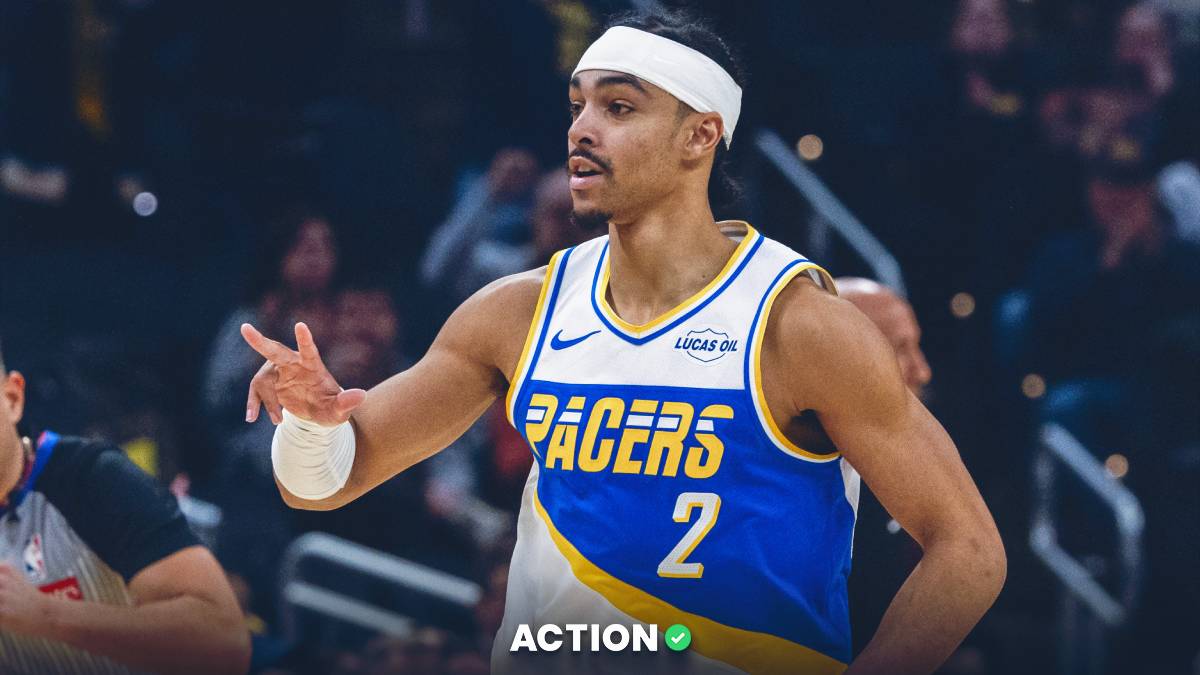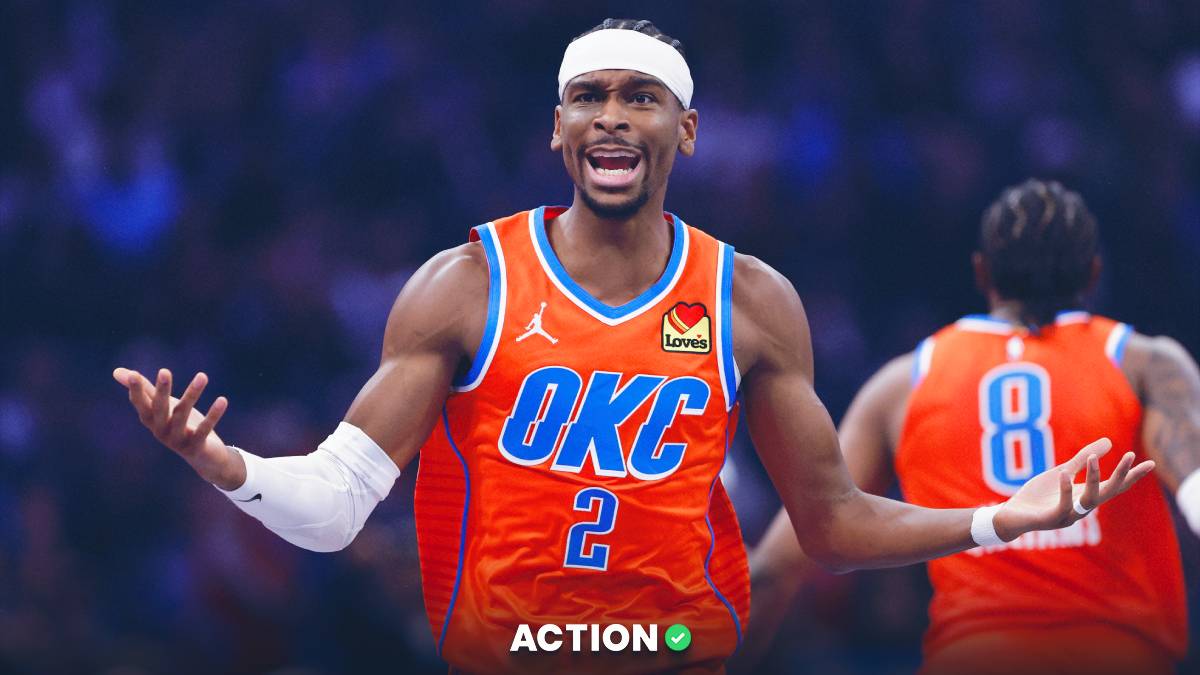As the Celtics climbed to the top of the Eastern Conference in November and have hung out there for the past two months, the acquisition of Kyrie Irving has drawn the most attention as a key to their success.
Irving has been phenomenal, no doubt, averaging 24.9 points and 5.0 assists per game. He's also given more on defense this season than we've ever seen, though some of his play on that end has waned in recent weeks. He still deserves credit for helping Boston to a historic defensive mark.
Yet for all the talk about Irving having been a different player this year, how much has his game changed since he left Cleveland? How much is a result of Brad Stevens? How much is due to Irving's own decisions? Let's take a look.
THE OVERALL NUMBERS: Same dude, worse offense
Here's how he compares to last year. First, his shooting numbers:
| Season | FG% | 3P% | 2P% | eFG% | FT% |
| 2016-17 | 0.473 | 0.401 | 0.505 | 0.535 | 0.905 |
| 2017-18 | 0.486 | 0.402 | 0.532 | 0.558 | 0.884 |
This is also in the midst of his hottest stretch of the season over the past three weeks, but there is some improvement there in the efficiency.
And then his per-100-possessions production, which factors for pace:
| Season | TRB | AST | STL | BLK | TOV | PF | PTS |
| 2016-17 | 4.5 | 8.3 | 1.6 | 0.5 | 3.6 | 3.1 | 35.9 |
| 2017-18 | 5.6 | 7.6 | 1.7 | 0.5 | 3.6 | 3.2 | 37.6 |
Rebounds are up, assists are down, turnovers are the same, while points are down on fewer shots.
There's no area of production where he's better and no area he's considerably worse. He's just … the same.
So what about how the Celtics operate versus last year's Cavs team?
| Season | Offensive rating | Defensive rating | Net rating | On vs. Off difference |
| CLE 2016-17 | 114.2 | 109.1 | 5.1 | 6.2 |
| BOS 2017-18 | 108.4 | 101.7 | 6.6 | 6.8 |
So the Celtics this year are 0.6 points better than their opponent with Irving on the floor, compared to how the Cavs were with Irving vs. their opponent last year, thanks mostly to Irving's defensive rating. Even the most ardent Irving supporter wouldn't say that defense is where Irving's impact is felt the most.
So the data suggests that Irving is roughly the same player on a better team, statistically and in record, than last year's Cavs.
What about the details?
UNDER THE MICROSCOPE: A dramatic shift to no effect
Alex Kungu at Celtics Blog took a look at the overall trends in playset data via Synergy and reached a very bold conclusion:
The biggest change is the diversity of his attack. Now instead of either using a pick, isolating, or standing and waiting in a corner, Irving is running more DHO’s, going through more screens, and cutting off-ball. Besides for those plays being more efficient than constantly trying to beat someone one on one, they all involve other teammates contributing to make it work, which allows Kyrie to be Kyrie within the team's offense. Kevin Durant indirectly alluded to this when talking about the Irving-Curry duel:
“Kyrie got it going, got it cooking early and then Steph, you could tell was kind of back and forth. But, it wasn’t one of those back-and-forths where they kind of just hijacked the game, and just played one-on-one all within the floor.”
Irving may not appear to be a transformed player on its face, but it’s clear Boston has diversified his portfolio, and it’s allowed to Irving to be who he is while simultaneously involving his teammates and making them better.
Now that's a nice narrative, but we need a little more exploration.
For starters, getting caught up in Synergy Data (which I use a ton of) as Kungu does here means a focus on fractional shares of a point per possession winding up as very important. Here's a bigger way to dissect it. I looked at what I would call "on-ball vs. off-ball scoring." Obviously, if you score, you have the ball. But on-ball scoring is through pick and roll as the ball handler, in isolation, in the post, or on offensive rebounds. Off-ball scoring is through spotting up, cuts, coming off screens and dribble hand-off action on the move. I excluded transition because there's no way to parse one-on-one moves vs. receiving a pass on the wing.
Here's how they compare year vs. year. (Note: The reason the net changes aren't the same is due to possessions logged as miscellaneous or otherwise by Synergy.)
| Possessions per game | |||
| 2016-17 | 2017-18 | Net | |
| On-ball | 14.3 | 11.1 | -3.2 |
| Off-ball | 4.9 | 7.7 | 2.8 |
| Percentage of total possessions | |||
| 2016-17 | 2017-18 | Net | |
| On-ball | 59.3 | 49.7 | -9.6% |
| Off-ball | 23.1 | 34.0 | 10.9% |
So basically, Irving has spent a third of possessions off the ball in Boston, adding up to 2.8 more possessions per game off-ball than last season with Cleveland. That's a big deal. He has a more diverse offensive profile, which theoretically makes him harder to defend. This kind of overall picture says predictably great things about Brad Stevens and how he's gotten him to buy in.
However ….
The overall offense is worse.
For all of these changes, Irving is scoring the same amount he was last year with the Cavaliers, with roughly the same usage (30.8 last year to 31.4 this year). Boston's offense is 17th overall and 29th in the month of January. The instant reaction is to talk about how that's related to the rest of Boston's roster, and to be sure:
- They've integrated a lot of new guys.
- Gordon Hayward has missed the entire year and he's a huge part of what they'll do going forward.
- They've had some rough injury trouble beyond Hayward.
But also:
- They've gotten unsustainable shooting from Jayson Tatum, which is regressing back to the mean as he hits the rookie wall.
- They're this bad with Al Horford shooting 50% from the field and 44% from 3-point range.
- They played one of the easiest schedules leaguewide through December 25.
And yet, their offense is pedestrian? Is that just the youth? Is it fair to ask if Irving should be more of a playmaker than he's been? After all, Kungu makes this good point:
How guys shoot with/without Kyrie (TS%)
Tatum: without 54.1; with 65.5
Brown: without 56.0; with 56.4
Horford: without 53.8; with 58.2
Morris: without 37.2; with 56.7
Rozier: without 48.1; with 60.5— A.K ⚖️ (@Kungu_NBA) January 19, 2018
Those are key numbers, but much of that is impacted by the presence of Al Horford as well.
Last year, Irving passed out of the pick and roll on 7.7 plays per game. This year, that number is 8.1. He's not more of a playmaker by any definition. In order to be the tide that lifts all boats, which is what the Boston offense desperately needs, that might be something he needs to do more of.
One notable stat in his favor is that Irving is second in secondary assists per game this season with 1.1, up from 0.7 last year. That's a good sign of how he's operating, and yet, again, it's not actually leading to improved performance.
THE FANTASY ANGLE: No big bump
Irving averaged 41.03 DFS points on DraftKings last season and is averaging 40.80 this season. He's played fewer minutes this season, so his per-minute averages are actually up (1.22 DK per minute to 1.17 last season), but his overall game-by-game performance is the same. Maybe that shifts as the playoffs get closer, the schedule ramps up, and Irving plays more minutes in big games.
But it's another sign of how he really has had about the same impact, even in the DFS realm, as he did last season in Cleveland.
THE BIG PICTURE: Same dude, bright future
As Hayward gets healthy, as the Celtics' youngsters develop and the roster fills out with more veterans, Boston will probably improve offensively in the years to come. So will Irving's numbers. Irving has been a crucial part of the Celtics' formula for success, which is "tough defense + grind it out pace + close game at the end + Kyrie goes bonkers in clutch time."
But he hasn't actually been any different. His former teammate Richard Jefferson praised both Irving and Brad Stevens' system on Monday before the Nuggets met the Celtics. But Jefferson also listed off Irving's accomplishments prior to coming to Boston: a multi-time All-Star, a Rookie of the Year, an NBA champion. Jefferson said that he hasn't reached a new level in Boston, he's just maintained it in a different role.
That more accurately describes it than the way it's being discussed. The playset data does show that Kyrie's been a different kind of player, to a degree. He's still ball-dominant (with over 60% of his possessions coming from on-ball plays). He's still a scorer first and foremost. He's still an insane finisher and shooter. He's a modified Kyrie Irving, not a revolutionized one.
In fact, you might even say that while certainly Irving's game is different this year than it was previously, his actual impact on the game has remained, to a degree … flat.
Photo Credit: Bob DeChiara – USA TODAY Sports


